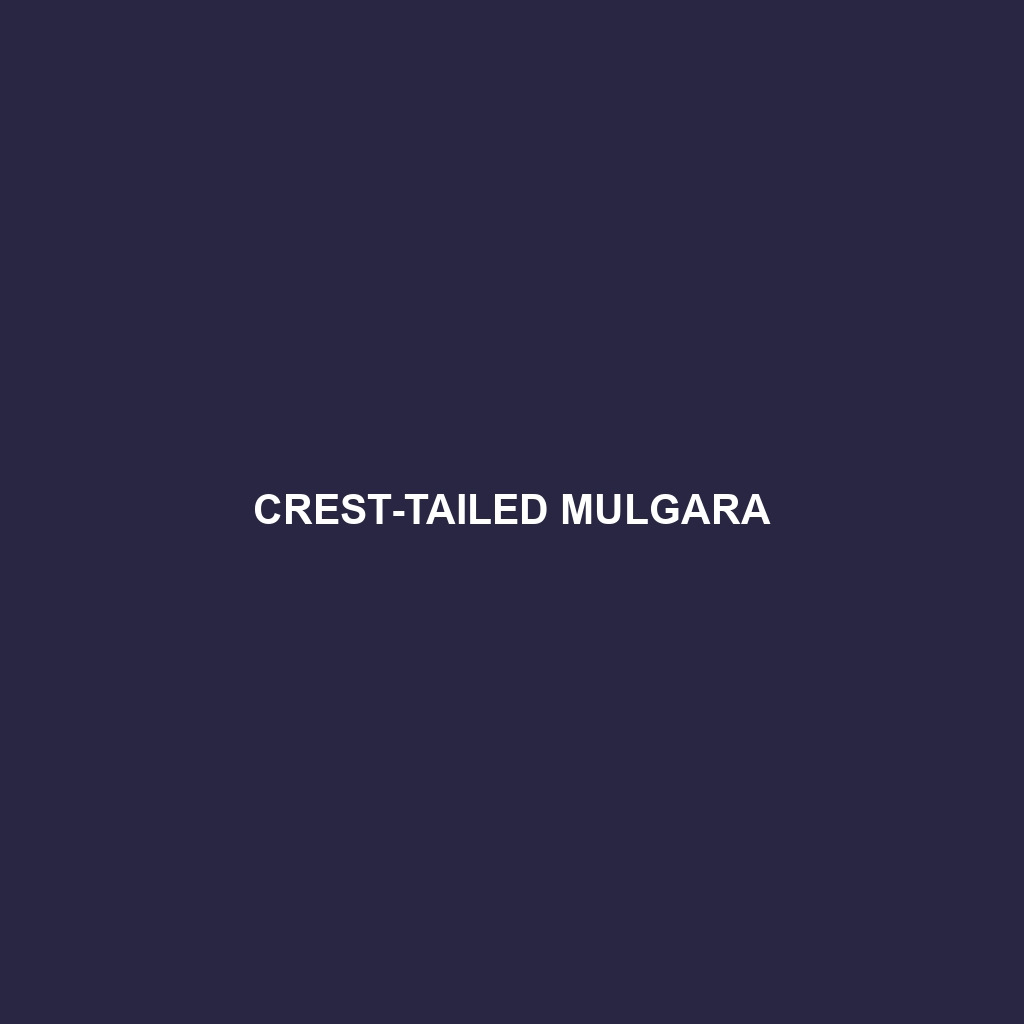Ampurta (Dasycercus blythi) Detailed Description
The Ampurta, also known as the Brush-tailed Mulgara, is a fascinating and resilient small carnivorous marsupial native to the arid and semi-arid regions of Australia. This nocturnal predator is known for its distinctive brush-like tail and its remarkable adaptability to some of the harshest environments on earth.
Physical Characteristics
Size: The Ampurta typically measures between 12 to 17 centimeters in body length, with an additional tail length of 8 to 13 centimeters. Adult Ampurtas weigh between 60 to 120 grams.
Coloration: Their fur is generally a sandy to reddish-brown on the back, providing excellent camouflage within their desert habitats. The underbelly is usually a lighter, cream or white color.
Special Features: The most distinguishing feature of the Ampurta is its brush-like tail, which is covered in long, stiff hairs. This unique tail likely serves both as a fat storage organ and a tool for balance while navigating through its rugged environment.
Behaviors
Social Interactions: Ampurtas are generally solitary animals, coming together primarily for mating purposes. They are territorial and typically use scent markings to delineate their home ranges.
Feeding Habits: As carnivorous marsupials, Ampurtas primarily feed on insects, small reptiles, and occasionally small mammals. They are opportunistic feeders and have been known to consume a variety of available prey.
Ecological Roles: Ampurtas play a crucial role in controlling insect populations and serve as prey for larger predators, thereby maintaining the balance within their ecosystems.
Habitats
The Ampurta inhabits a variety of arid and semi-arid environments, including sandy deserts, spinifex grasslands, and scrublands. They prefer areas with dense ground cover where they can seek shelter during the harsh daytime temperatures.
Adaptations
Nocturnality: Being primarily nocturnal allows Ampurtas to avoid the extreme daytime heat of their desert habitats.
Water Conservation: Ampurtas have adapted to their arid environment by obtaining most of their water needs from their diet, minimizing their need to drink.
Burrowing: They create complex burrow systems to escape predators and the harsh climate. These burrows provide a microhabitat with more stable temperatures and humidity levels.
Conservation Status
Currently, the Ampurta is listed as “Near Threatened” on the IUCN Red List. Primary threats include habitat degradation due to human activities, predation by invasive species such as cats and foxes, and the impacts of climate change.
Fun Facts
Ampurtas are sometimes called “brush-tailed mulgaras” due to their distinctive tails.
They possess a remarkable ability to enter a state of torpor, reducing their metabolic rate to conserve energy during periods of food scarcity.
Unlike many marsupials, female Ampurtas do not have a true pouch. Instead, they have a simple fold of skin where they carry and nurse their young.
The Ampurta is a testament to the incredible adaptability and resilience of wildlife in Australia’s extreme environments. By understanding and preserving these unique creatures, we contribute to the broader effort of maintaining biodiversity and ecological balance.
